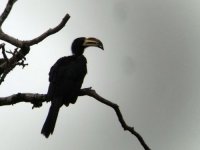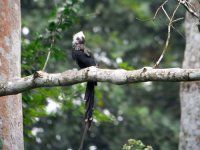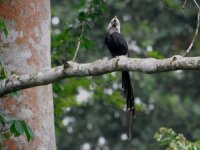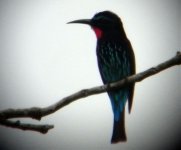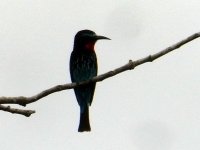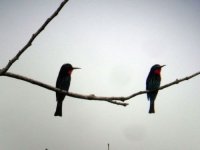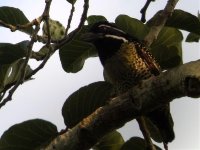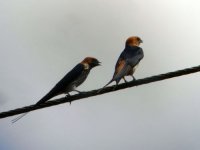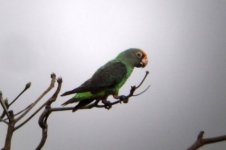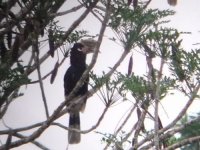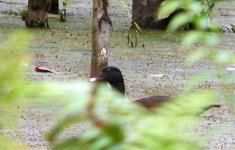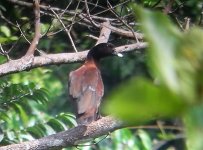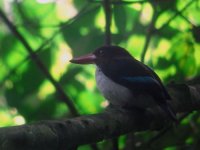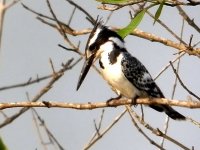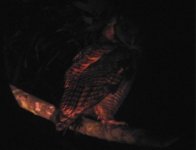antshrike69
Well-known member

Earlier in 2008, I was debating where might be a partner-friendly trip which would involve some good birding, some restricted-range species, good beaches and even (gasp) a civilised hotel with a pool  .
.
Initial thoughts included Mauritius/Reunion, the Seychelles and Guadeloupe/Martinique, but then my eye was caught by the possibility of Ghana.
Ghana is at the eastern end of the Upper Guinea forest block, with its associated list of endemics as well as a long list of forest goodies. Couple this with some interesting mammals, a safe and stable infrastructure and some beautiful unspoiled coastline and you have a potential winner. I'm new to African forest birding so there were plenty of wanted species.
Although the north of the country has some exciting birding (Pel's Fishing-Owl, Egyptian Plover) I wanted to concentrate on forest birds. I contacted Ashanti African tours who I cannot recommend enough and between us, we put together an itinerary which would incorporate 10 days birding followed by a week on the coast for relaxation (although birding cold turkey proved difficult for me to resist breaking!)
Ashanti organised all ground arrangements for me - you can find them at http://www.ashantiafricantours.com/ Mark was incredibly helpful and listened carefully to what I wanted to get out of the trip. The trip went incredibly smoothly and accommodation etc was exactly as we wanted. My partner is interested in birds, but not obsessive but still had a great time.
We flew London-Casablanca-Accra with Royal Air Maroc for about £480 each return. The flights were ok although 3 of the 4 legs were delayed and the airline lost any mention of my vegetarian requests. However, other routes are mostly longer - ours took around 3 hours to Casablanca then just over another 4 to Accra. You do, however, land at 3 in the morning...
Initial thoughts included Mauritius/Reunion, the Seychelles and Guadeloupe/Martinique, but then my eye was caught by the possibility of Ghana.
Ghana is at the eastern end of the Upper Guinea forest block, with its associated list of endemics as well as a long list of forest goodies. Couple this with some interesting mammals, a safe and stable infrastructure and some beautiful unspoiled coastline and you have a potential winner. I'm new to African forest birding so there were plenty of wanted species.
Although the north of the country has some exciting birding (Pel's Fishing-Owl, Egyptian Plover) I wanted to concentrate on forest birds. I contacted Ashanti African tours who I cannot recommend enough and between us, we put together an itinerary which would incorporate 10 days birding followed by a week on the coast for relaxation (although birding cold turkey proved difficult for me to resist breaking!)
Ashanti organised all ground arrangements for me - you can find them at http://www.ashantiafricantours.com/ Mark was incredibly helpful and listened carefully to what I wanted to get out of the trip. The trip went incredibly smoothly and accommodation etc was exactly as we wanted. My partner is interested in birds, but not obsessive but still had a great time.
We flew London-Casablanca-Accra with Royal Air Maroc for about £480 each return. The flights were ok although 3 of the 4 legs were delayed and the airline lost any mention of my vegetarian requests. However, other routes are mostly longer - ours took around 3 hours to Casablanca then just over another 4 to Accra. You do, however, land at 3 in the morning...




